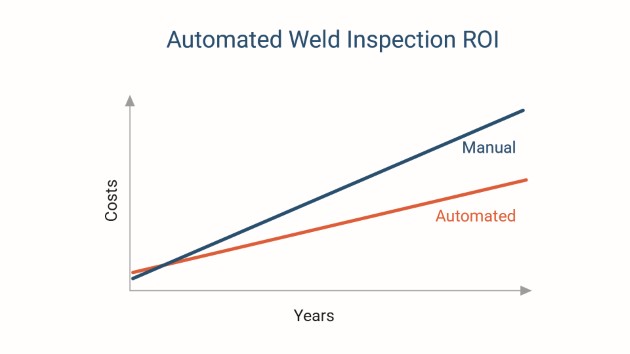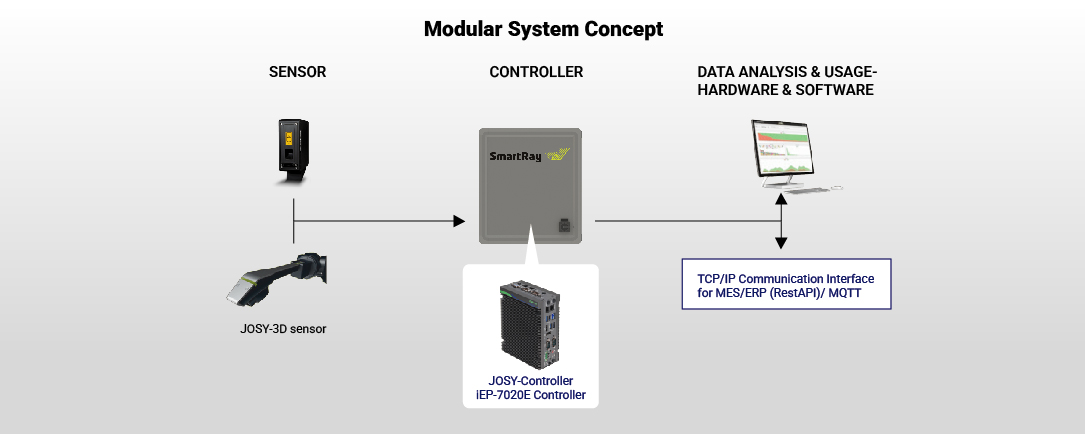In high-precision manufacturing industries such as automotive and electric vehicle (EV) production, weld quality is mission-critical. Components like battery boxes and chassis cradles often require hundreds of welds, each needing to meet stringent safety and performance standards. Traditionally, these inspections have been performed manually, a process that is inherently subjective, labor-intensive, and prone to error. Manual weld inspection suffers from several limitations. Human inspectors are susceptible to fatigue, inconsistency, and personal bias, especially during long production shifts. As a result, some defective welds may be overlooked, while others that meet specifications may be misclassified as faulty. This leads to costly rework, wasted materials, and production delays. Worse, if defects go undetected, they can result in product recalls, warranty claims, and severe damage to a manufacturer’s reputation.
Moreover, manual methods typically lack the capability to collect and analyze data, making it difficult to identify recurring issues or optimize processes. In a modern, data-driven production environment, this creates a significant gap in traceability and root cause analysis, putting manufacturers at a disadvantage when aiming for operational efficiency, quality assurance, and regulatory compliance. SmartRay, a leading provider of high-precision 3D sensor technology, recognized that to maintain a competitive edge and meet rising industry standards, a more accurate, repeatable, and intelligent inspection solution was essential.

